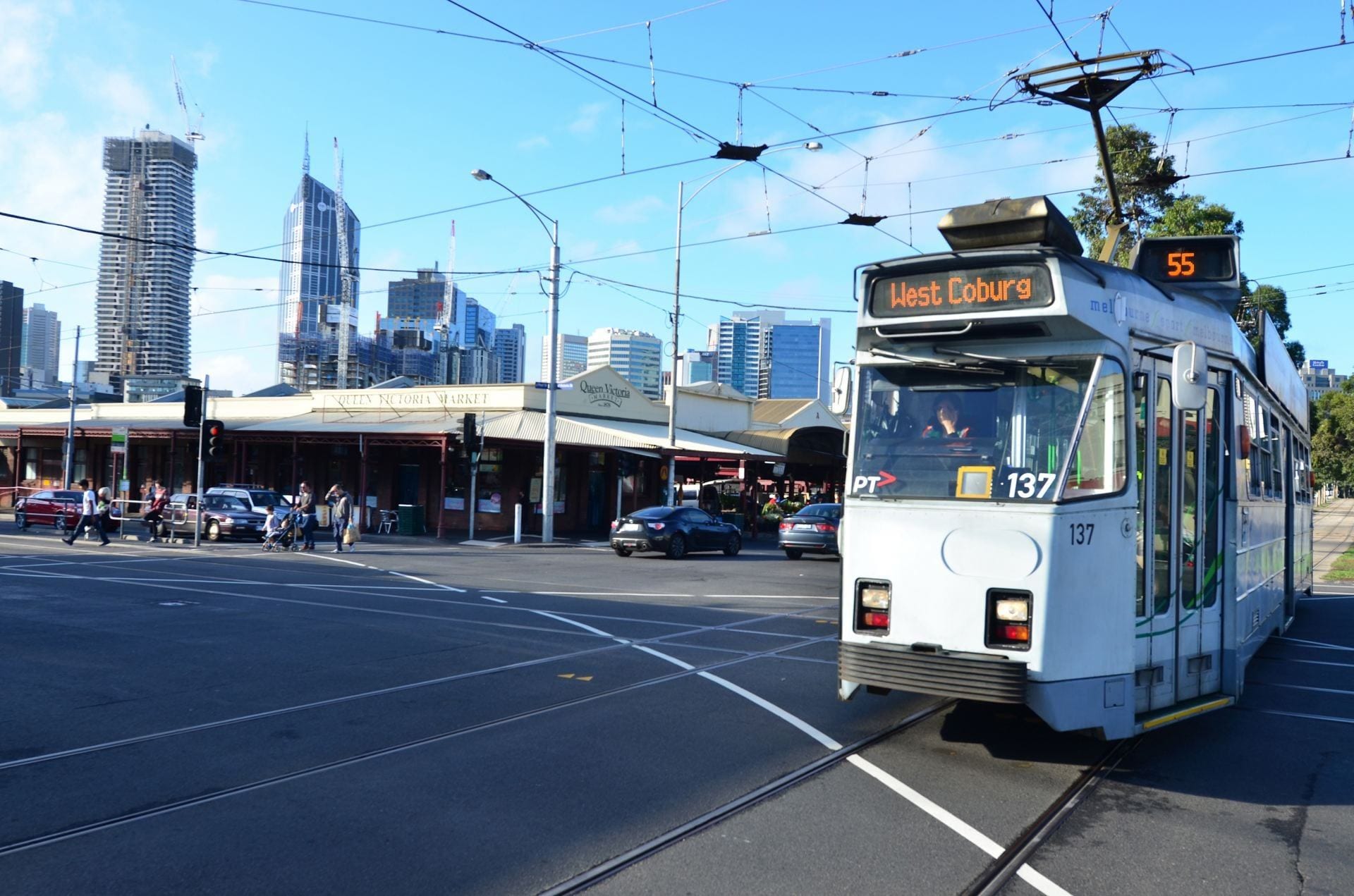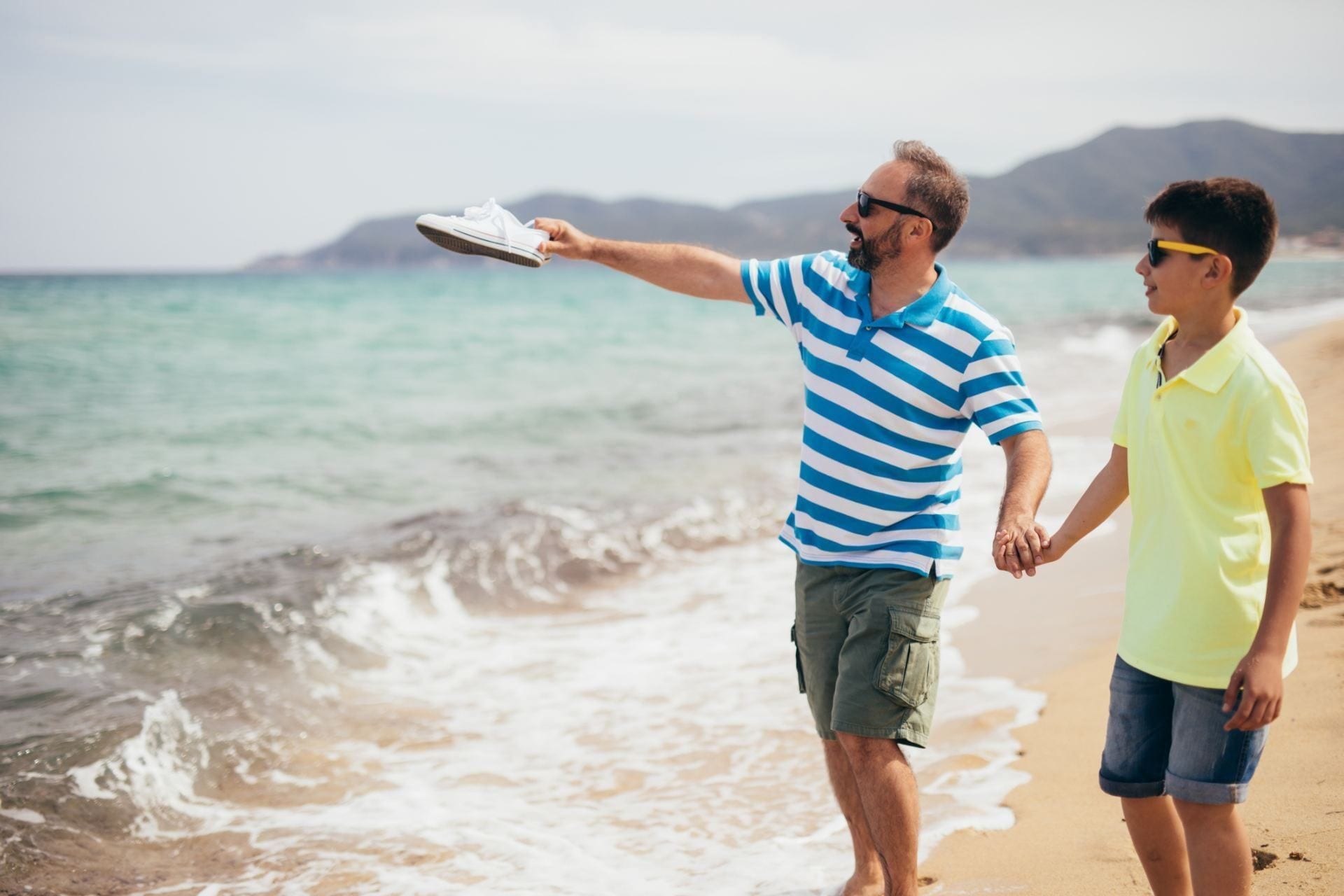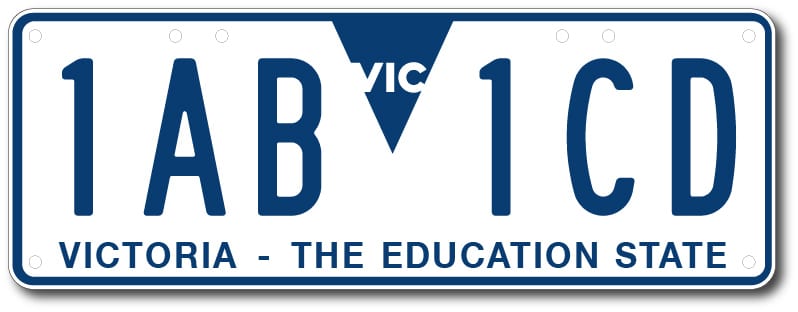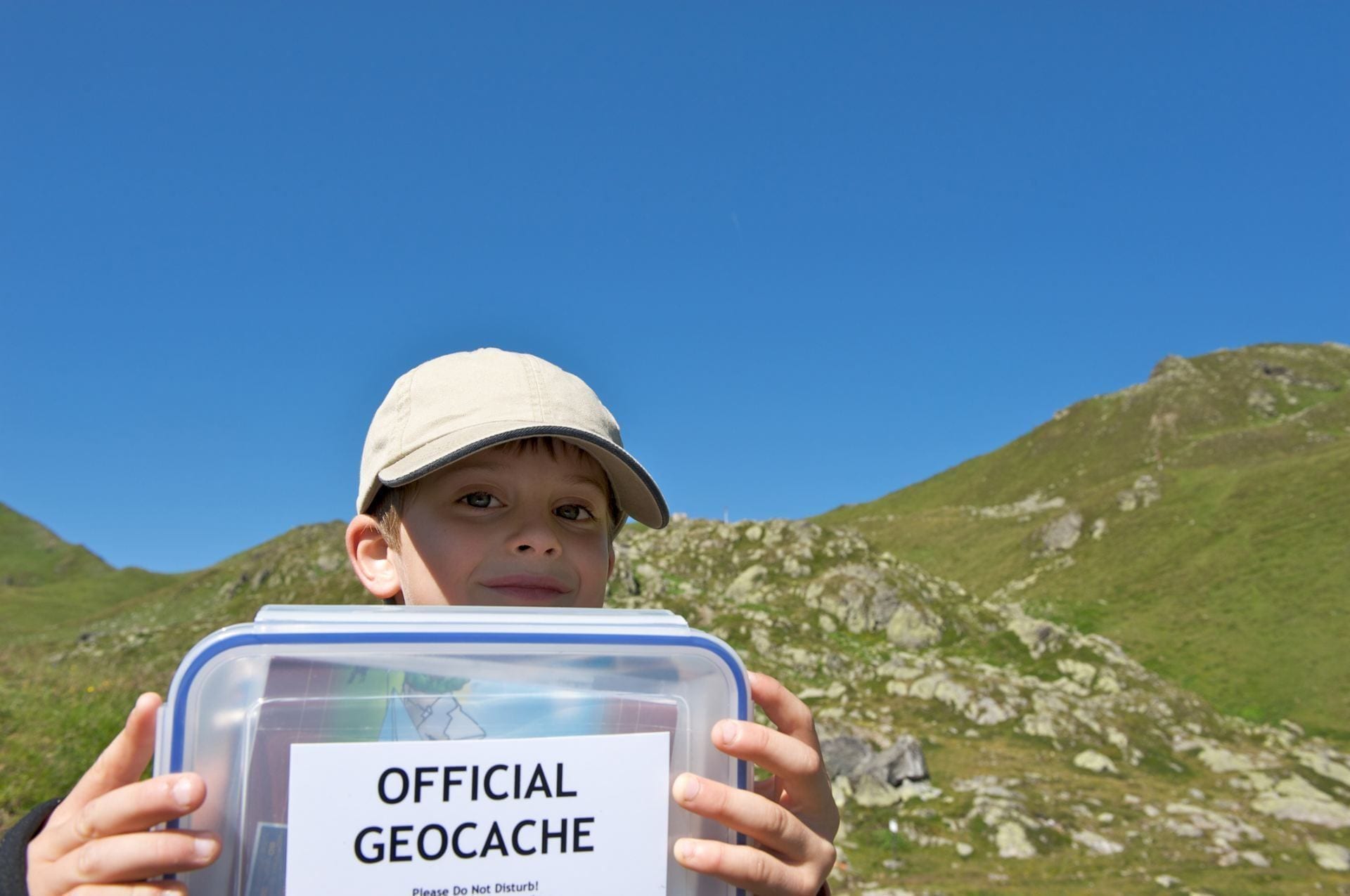Levels 3 to 8
Fun numeracy activities to share at home with your child
Home » Numeracy at home » Level 3 to 8
Activities:
Cooking, Are we there yet?, Reading, Shopping, Out and About, Games and sports, More opportunities
Cooking
Children can:
- Investigate the units of measurement for items in the pantry or refrigerator
- Cut the sandwich in half: “Can you cut the sandwich in half creating a different shape?”
- Mix a drink for the family: e.g. measuring cordial, fruit and water
- Estimate how much each item weighs, then check how close the estimates are
- Find the time we start cooking the rice so that our food is ready to be served at the same time?
- Change a recipe that serves 6 for 4 people (or 6 for 3 people for lower levels). How much of each ingredient will we need?
- Be a junior Masterchef: e.g. measure and weigh ingredients, apply ratio, consider cooking time, and serve portion sizes
Are we there yet?
Children can:
- Collect important dates and mark them on a calendar
- Time how long does it take us to travel to school
- Estimate how far you’ve travelled, the distance to your destination, and how long it is going to take
- Find the arrival time: e.g. If it is 4:38 pm now and it will take us 15 minutes to get there
- Enter dates into a digital calendar: e.g., identify the day of the week, the time between dates and set reminders
- Help you to make a travel plan using timetables
- Read the public transport maps to follow along with each stop
Reading
Children can:
- Describe the location of an object in an illustration, using books such as Where’s Wally? Find the most common letter or word on a particular page;
- Create a map or timeline based on the story they are reading;
- Explore non-fiction books focusing on the different ways information is presented. A good example is If: A Mind-Bending New Way of Looking at Big Ideas and Numbers, by David Smith.
- Explore infographics and how data is displayed; and
For suggestions for books that can be used to stimulate mathematical thinking and talk. See, for example, 16 picture books about math to inspire curious kids.
Shopping
Children can:
- Estimate the total cost of your supermarket purchase
- Estimate and weigh the fruit and vegetables;
Compare two items for the best value for money - Discuss if an item on “special” is really that special
- Find specific items (e.g., medium-sized tin of red beans, 2 litres of milk, 250g of mince)
- Find how many apples/bananas will weigh a kilogram
- Look for the best buy between different brands of the same item then different sizes of the same item
- Cut items from shopping brochures that add to different values
- Estimate how many bags you will need to carry your grocery shop
- Disassemble a package to create a two-dimensional net
- Compare packaging sizes for a litre and a kilogram
Out and About
Children can:
- Go on a numeracy walk, to look for numbers or shapes, to count objects, compare sizes of objects; and look for patterns in the environment. Be asked to decide what to will look for
- Pack for a trip or help loading the boot. What will fit?
- Measure everything! “How far can you jump?” “How long is the desk?” “How tall are you?” “How tall is the dog?”
- Compare steps, paces and hand spans with metric units of length
- Find and read large numbers in the local environment
- Explore online maps, sat navigational directions for planning a trip
- Look at architecture and buildings: shapes, symmetry, patterns, size and proportion
- Read car and house prices in car yards and real estate agents’ windows
- When driving, spot number plates with the number zero on them. Change the number to 1 when they have spotted five car number plates with the number zero. Work their way up to the number 9. Spot number plates with digits that equal 10, 20, 55, 17 using different operations (+ – x ÷ )
Number plates can provide great opportunities for engaging in numerate talk.
Games and sports
During games and sports, children:
- Investigate scoring in different sports, and identify any patterns
- Complete jigsaw puzzles and discuss different strategies: shape, colour matching, etc.
- Play different variations of games, such as darts, cricket, and dominoes
- Record results as lists, tables, graphs or other forms of records
- Copy a team logo, then scale it to twice the size
- Explore orienteering
- Identify the strategies that underpin different games, such as, chess, noughts and crosses, and Yahtzee
- Investigate your Fitbit dashboard information
- Explore Geocaching
- Explore how percentages are calculated in sporting table
Geocaching: Where’s the numeracy?
- Geocaching involves:
- Measurement and Geometry;
- Location and Geometric reasoning;
- Distance
- Direction
- Compass points
- Co-ordinates
- Angles
- Mapping (read, follow, plan trips, draw, using scale)
- Statistics and Probability
- Data representation and interpretation
- Analysing data
- Interpreting data displays.
For more ideas see: Bragg, L. A. & Skinner, M. (2011). Geocaching: A mathematical treasure hunt. Middle and upper primary. Bayswater, Australia: Teachers First Choice.
More opportunities
Whenever possible, children:
- Make different types of patterns by drumming, clapping, stamping, dancing or drawing
- Investigate different time spans, such as seconds in a day, a million seconds
- Use opportunities as they arise – e.g., if something needs fixing around the home, what needs replacing? How much material do we need?
- Create a repeating pattern to fill up a page or decorate a card
- Make their own spirographs tips patterns by repeatedly tracing around a shape
- Explore mathematics in art; e.g., Escher, perspective, patterns, colour
- Explore how colour is calibrated in digital photography? (CYMK, RGB, and HSL)
- Read and interpret information displays such as traffic signs and signals, clocks and timers, maps, dials, graphs, meters, speedometer, and odometers
- Build a Lego model, then draw the model from different points of view, such as top, front, sides
- Explore interesting facts: A million seconds is 12 days; a billion seconds is 31 years; a trillion seconds is 31,688 years



